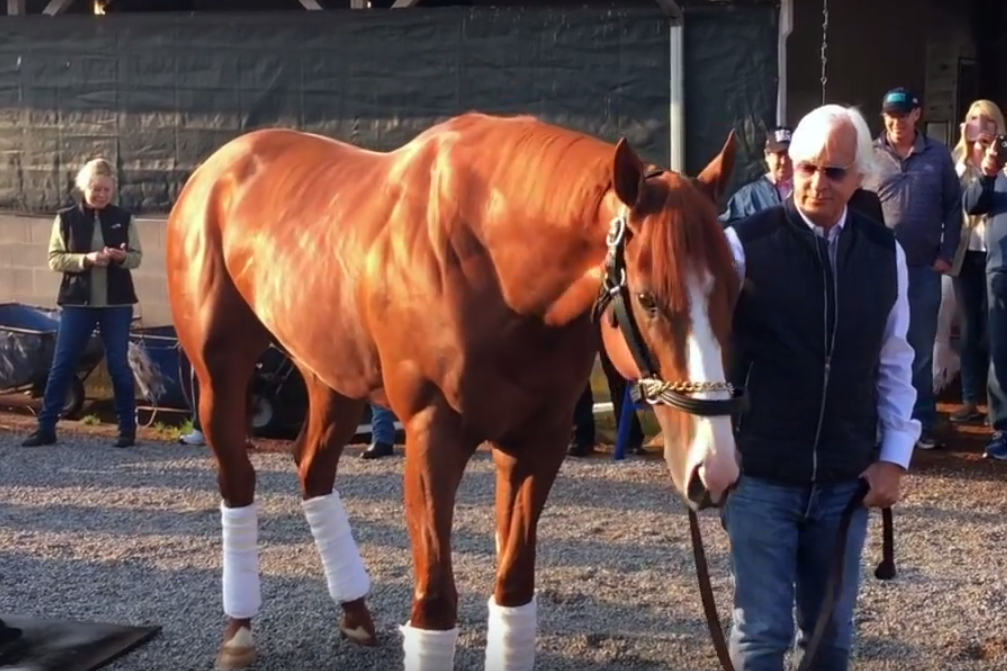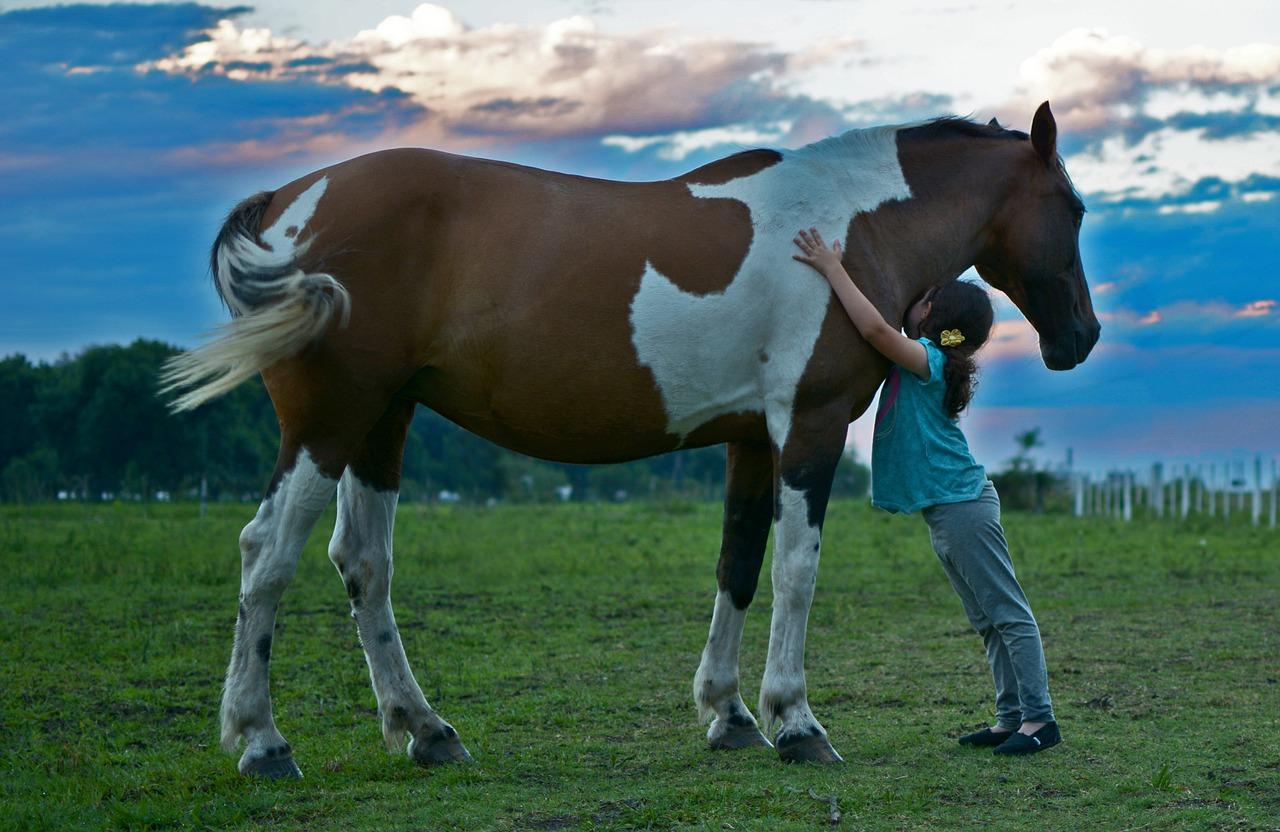
2018 Readers’ Choice Awards: Draper Therapies Essay of the Year
Vote now!
At the end of each December, we at Horse Nation like to look back on the year that was and highlight the articles, essays and videos that most inspired readers, triggered important conversations or had everyone rolling on the floor with laughter — and then let readers decide which one is deserving of the title of the Best of the Year.
2018 was a great year for essays, both by staff writers and contributors: we’ve selected five of the most popular essays from the past year and invite you to read them again, and then vote for your favorite!
The nominees are…
On Vorst & the Court of Public Opinion
“And the latter is largely why I am taking the risk writing this. Let me be clear: if she were my client I never would have allowed her in that ring and I likely would NOT have condoned the purchase of that horse for her. But while I do think the riding was subpar and tactless at best (and yes, abusive at its worst) because I do not know her or the situation, I have no way of knowing if she’s actually trying to learn the sport or is just a self-entitled jerk awkwardly wailing on her horse. And I bet most of you don’t either. Which means perhaps we should turn our focus and irritation on the factors that allowed her to get there rather than someone we don’t actually know.”
Morgane Schmidt Gabriel responds to a viral video and blog post lambasting a poor performance from an adult amateur dressage rider and calls for real, effective change both in how the internet mob mentality reacts and how the horse world can provide better support. Read the entire editorial here.
‘The Horse World Is Catty’: Dispelling the Myth & Breaking the Cycle
“There are plenty of crazy, catty, unpleasant people in the horse world, but I’m pretty sure the ratio of ‘crazy’ to ‘normal’ is no greater than in any other realm. Have you checked out the comments section for any post on any topic on the internet? Crazy people are EVERYWHERE. It’s just a fact of life. So how did the equestrian community get the reputation for being particularly crazy?”
Biz Stamm tackles the age-old trope that the equestrian world is catty, using plenty of examples from media as well as published articles to make her argument. Read the full essay here.
Slow & Steady: On Personal Pace
“Maybe spending a year and a half at first level is Helix’s equivalent to my 10 minute/mile. Maybe that’s his steady, comfortable pace. Just like me, he isn’t gifted with tons of natural talent. If I push too hard too soon, I risk burning him out ‘before the race is over.’ If I let him hold steady at his pace, while he may not ever be able to keep with the horses who are innately more gifted, it will give him the opportunity to perform at his very best.”
As a long-distance trail runner AND a dressage rider, Biz Stamm has dealt with her fair share of competition — and learned exactly how well the “slow and steady” mentality can pay off in the long run (pun intended). Read her entire essay here.
A Heel Bruise, a Rock & a Hard Place
“We as a public should fairly expect transparency at these highest levels and hold these individuals to a high standard. But there’s a trickle-down effect that happens when social media crusaders are proven right — our healthy skepticism can start to veer into unhealthy territory. I see this daily in a quick stroll through my newsfeed: ‘no mean comments about my equitation please’ or ‘please don’t say anything about his hooves; we’re overdue for a trim and my farrier had to reschedule.’ Our trigger-happy world of social media justice has made it the new normal that anyone and everyone feels empowered to share their opinion on the glimpse of life we see in a photo or video, whether it’s a rider’s equitation, questionable footing, training we don’t agree with or tack we don’t like.”
In the wake of a controversial video and statement after the Preakness Stakes that brought keyboard warriors out in full force to diagnose what was “wrong” with Justify, Kristen Kovatch pens an editorial cautioning trust, patience and faith in our fellow horsemen. Read the whole essay here.
The Tenth Place Horse
“I never got to be the rider I so desperately wanted to be, but instead I learned to get back on even when my shoulder was so bruised it looked infected. I learned to trust more deeply than I thought possible. I learned to cry big tears because allowing myself to feel those dark places in me brought out my brightest strength. I learned to endure, to organize, to laugh, to get dirty, to wake up early, and to put Danny’s needs before my own. And boy, did I learn how to embrace disappointment.”
Contributor Ginny Sullivan champions the “tenth place horse” and the importance of constructive feedback to grow as a rider and a person. Find her full essay here.










Leave a Comment